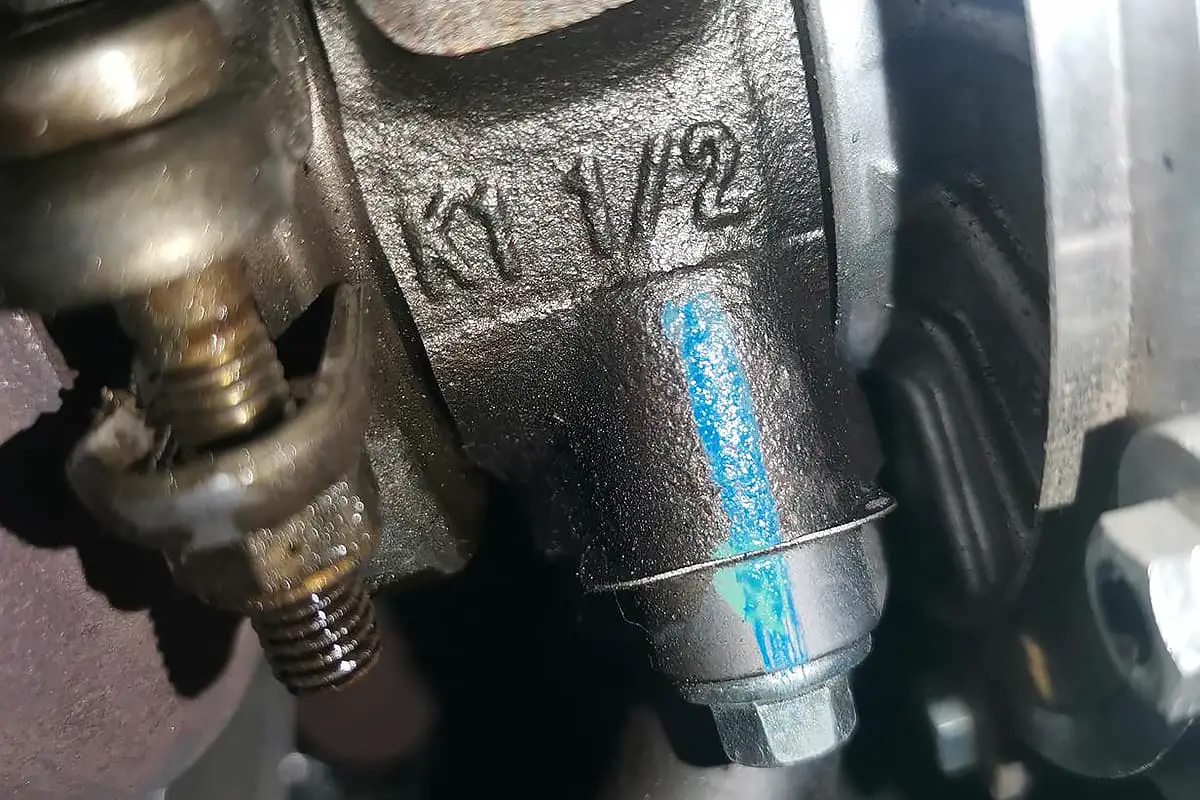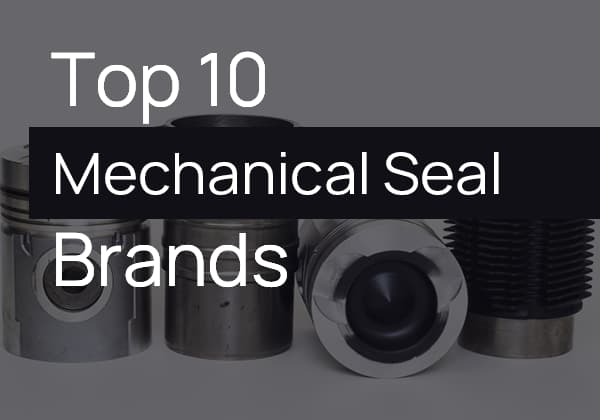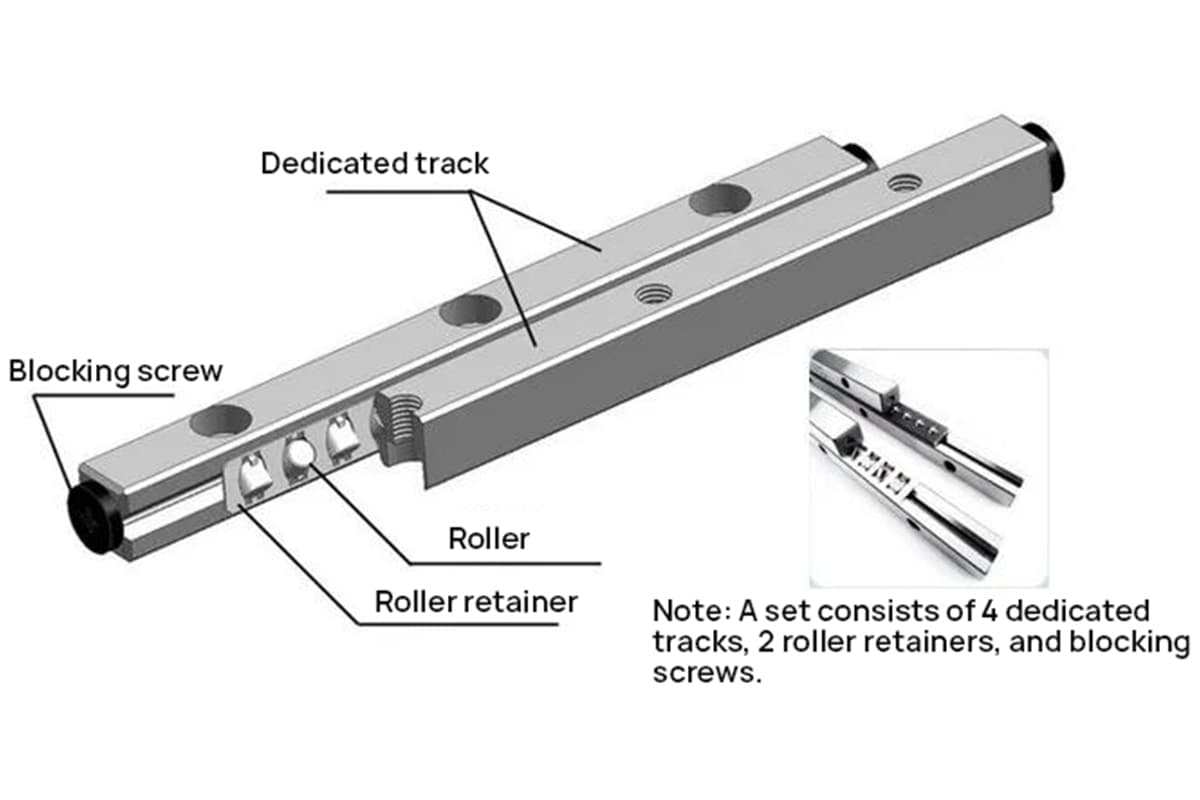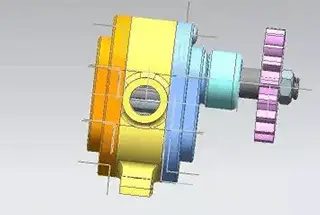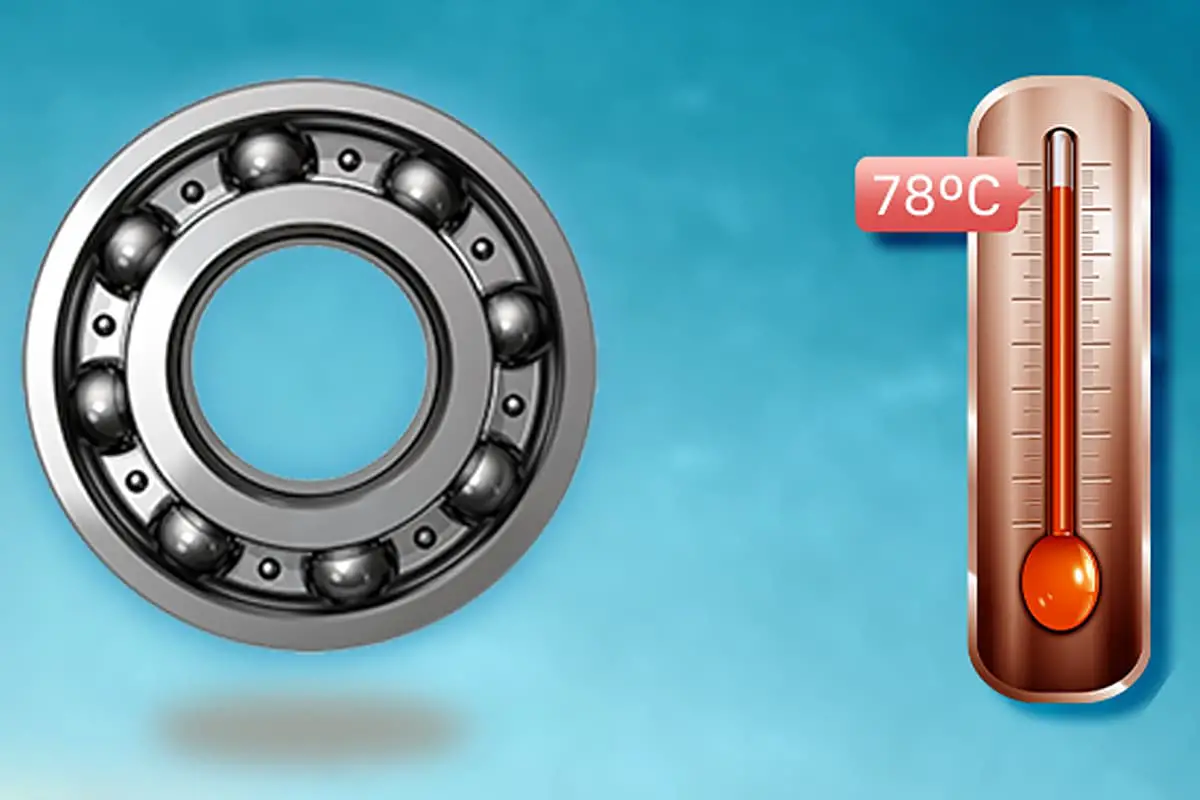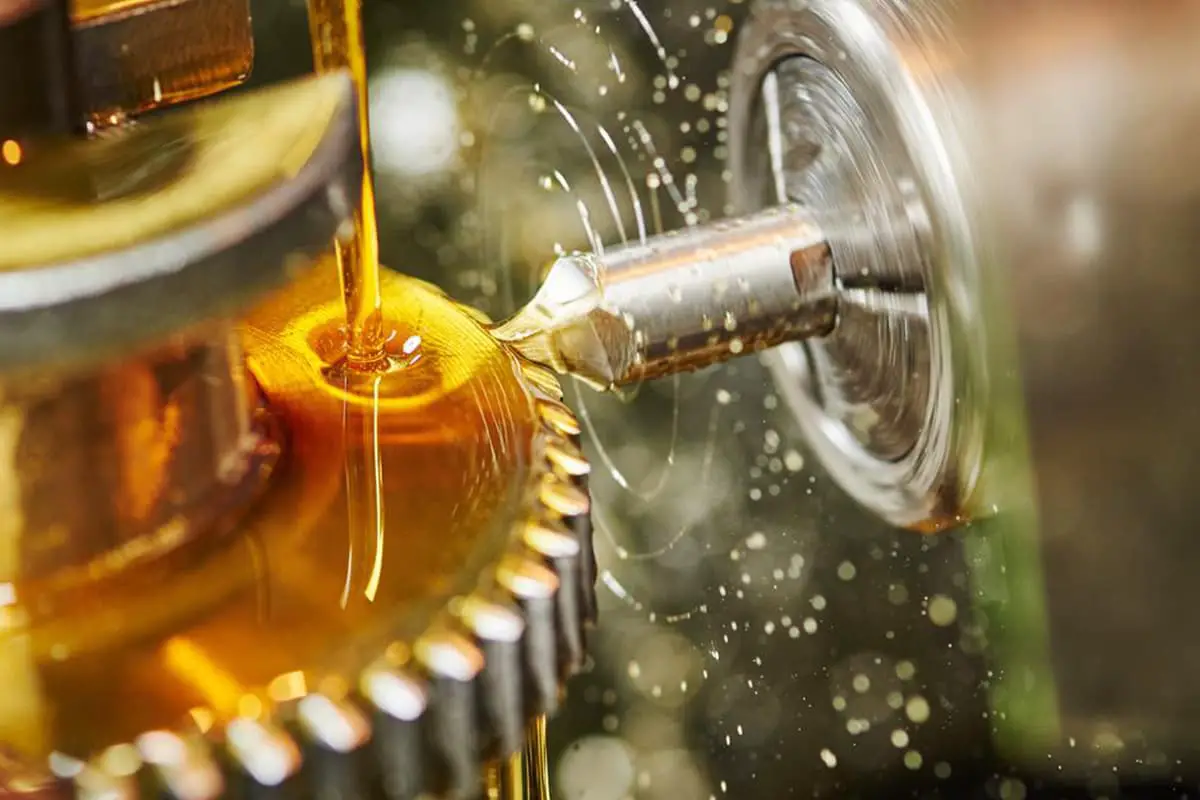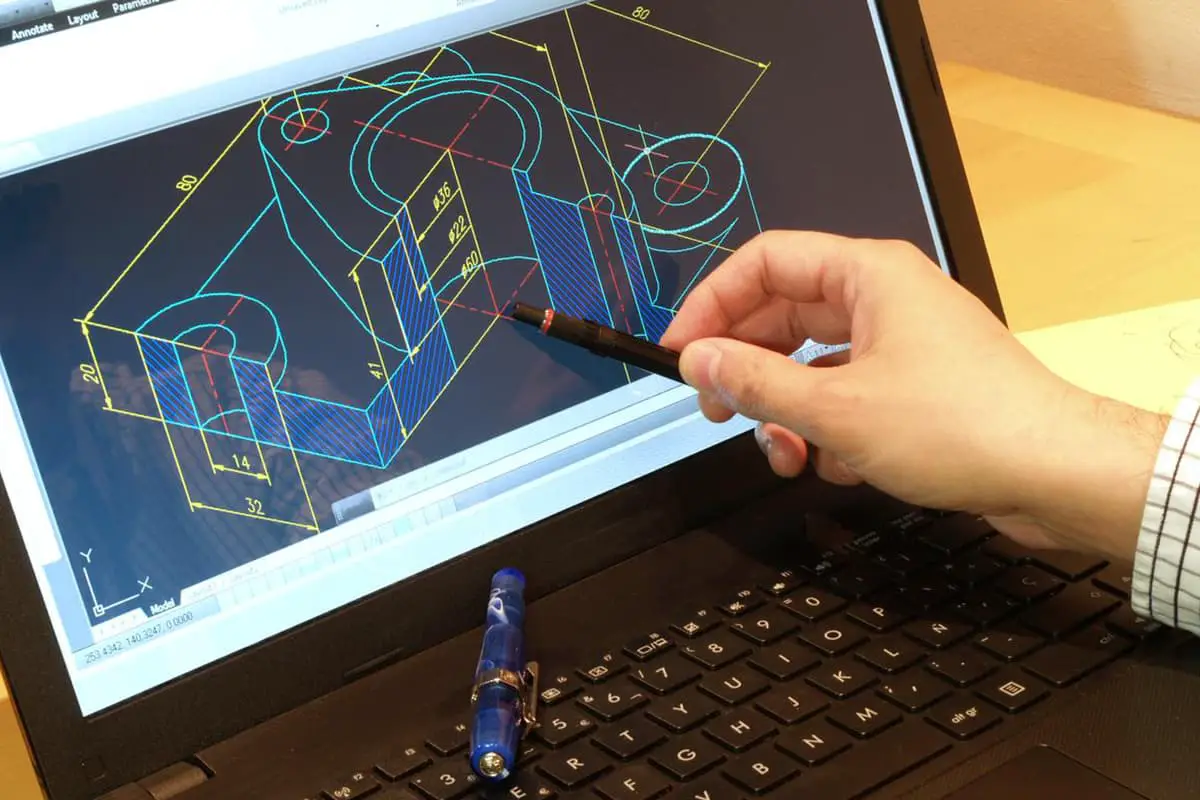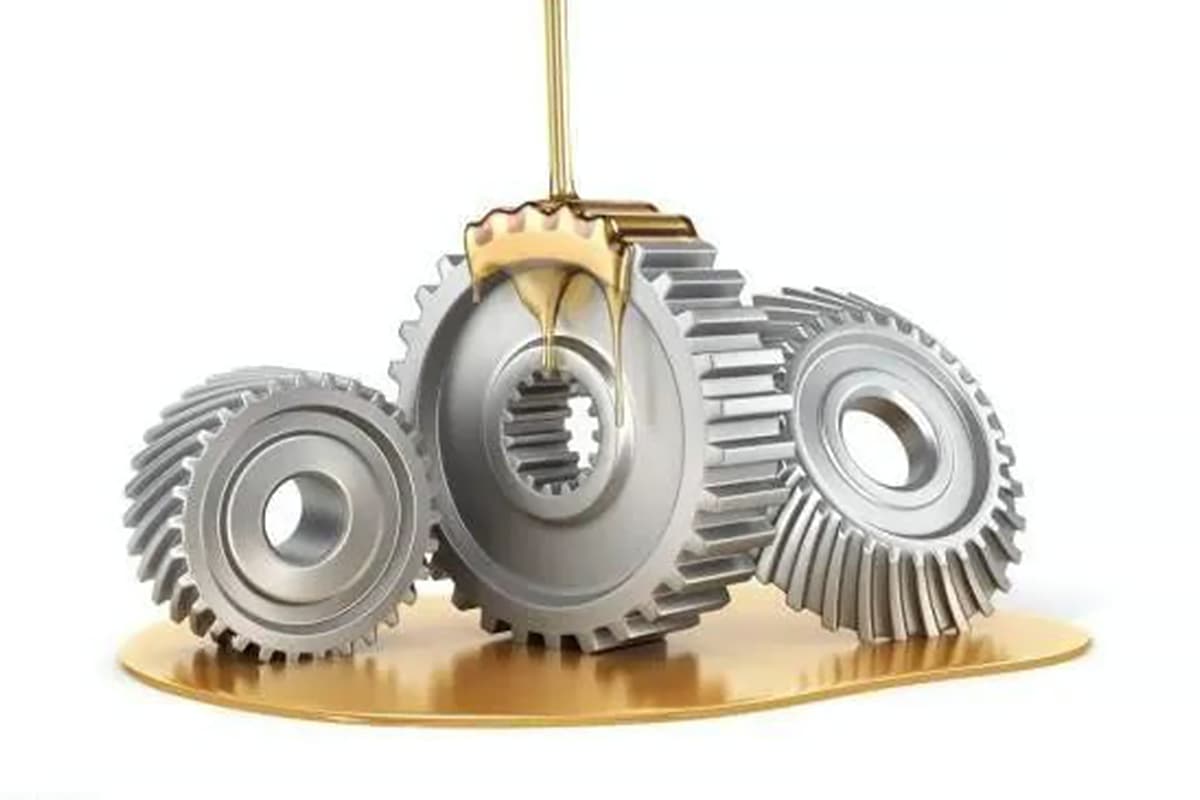
What happens when your mechanical equipment fails? From wear and tear to sudden breakdowns, understanding these failures is crucial for maintaining efficiency and safety. This article delves into the causes, judgment criteria, and classifications of mechanical failures, providing insights into how they impact operations and how to manage them effectively. By reading, you’ll gain the knowledge to identify potential issues before they become costly problems, ensuring your machinery runs smoothly and safely.
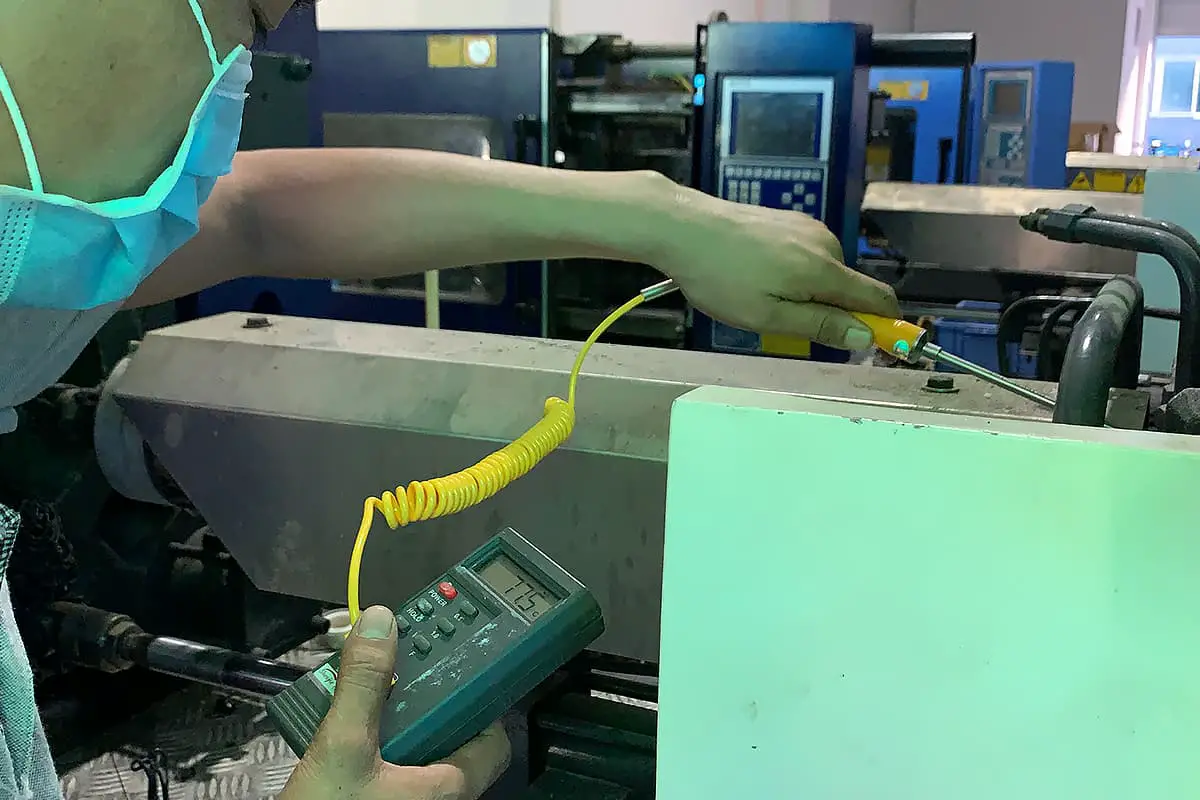
In the course of using mechanical equipment, it is inevitable that wear, breakage, corrosion, fatigue, deformation, aging, and other situations will occur, causing equipment performance to degrade and lose its specified functions or even production capabilities.
This phenomenon of equipment performance degradation and loss of specified functions is “failure” or “malfunction”.
In general, “failure” and “malfunction” are synonymous. However, strictly speaking, according to GB 3187—1994, “malfunction refers to the product losing its specified function, often referred to as failure for repairable products”.

The meaning of failure has been clarified above, however, failure cannot be determined solely by intuitive feeling, and must be based on certain judgment criteria.
Firstly, it is necessary to clarify what the “specified function” that the product maintains is, or to what extent the loss of product function is considered as a failure.
Some specified functions are very clear and will not cause different understandings, such as engine cylinder damage forcing a stop for repairs.
Sometimes it is difficult to determine the specified function, especially when the failure is formed due to gradually decreasing function, for example, if the engine wear exceeds a certain limit, it will exacerbate wear, cause power reduction, increase fuel consumption rate, and when this situation occurs, it can be considered a failure.
However, it is difficult to determine the limit of wear in use, like the aforementioned engine situation, if the load is reduced, lubricating oil is increased, an engine with certain wear can still barely continue to be used, and may not be considered a failure, which requires setting standards in advance.
Secondly, when determining whether it is a failure, the consequences of the failure also need to be analyzed, mainly to see whether the failure affects product production and equipment and personal safety.
In addition to using any non-compliance with specified allowable limits in technical parameters as the judgment criteria for failure, we must also consider whether unacceptable failure consequences will occur if work continues under this state.
Therefore, when judging product failure, it not only depends on the product’s “specified function”, but also needs to consider the consequences of the failure.
Generally speaking, product failure refers to: under specified conditions, it cannot complete its specified functions; under specified conditions, one or several performance parameters cannot be maintained within the specified upper and lower limits; when the product is working within the specified stress range, it causes various cracks, leaks, wear, rust, damage and other states in mechanical parts or components.
Different products have different failure judgment standards, and the starting point of research work is different, so the defined failures are also different and it is difficult to unify them. However, within the same user department, there should be unified standards.
In conclusion, when determining failure judgment criteria, the following principles should be followed: It cannot lose function under use conditions; failure judgment criteria “determine according to acceptable performance”; different products can be measured according to the main performance indicators of the product.
According to GB 3187—82, the failure mode refers to the “manifestation of product failure (malfunction)”.
Failure modes are obtained through human senses or measuring instruments.
When generally researching product failure, we often start from the phenomenon of product failure, and then find out the cause of the failure through the phenomenon, so it is necessary to clarify the failure modes of the product at various functional levels.
The failure modes of mechanical equipment and its components can be roughly divided into the following categories:
In managing mechanical equipment maintenance and fault analysis, it is crucial to understand and master the classifications of faults. This will help clarify the physical concepts of various faults and address them systematically.
The methods of fault classification vary based on the research objectives.
1) According to the nature of the faults, they are divided into natural and human-induced faults.
Human-induced faults are caused by either intentional or unintentional actions of the machine users.
2) Based on the location of the faults, they are categorized into overall and localized faults.
Most faults occur in the weakest parts of the product, and these areas should be reinforced or structurally modified.
3) Based on the timing of the faults, they are classified into break-in period, normal use period, and wear and tear period.
Throughout the product’s lifecycle, the probability of faults occurring is mostly during the wear and tear period.
4) According to the rate of fault occurrence, faults are divided into sudden and progressive faults.
Sudden faults are characterized by the absence of detectable signs before component failure. For example, parts may develop heat deformation cracks due to interrupted lubrication, or component fractures may occur due to improper machine use or overload. Sudden faults result from various adverse factors and unexpected external influences, and their occurrence is unpredictable and unrelated to usage time.
Progressive faults, on the other hand, result from the gradual deterioration of certain machine parts, causing their performance parameters to exceed the permissible range. Most mechanical equipment faults fall into this category. The causes of these faults are closely related to product material wear, corrosion, fatigue, and creep. These faults occur in the later stages of a component’s effective lifespan, during the wear and tear period, and can be prevented. The probability of such faults occurring is related to the operation time of the machinery.
There is a connection between sudden and progressive faults. It can be said that all faults are progressive as changes in things follow a process from quantitative change to qualitative change.
5) Faults are categorized into unrelated and related faults based on their correlation.
Unrelated faults refer to those that aren’t caused by the failure of other parts of the machine. On the other hand, related faults are those caused by the failure of other components.
For instance, the adhesion of a crankshaft bearing in an engine due to a failure in oil supply is a related fault. However, if a fault in the engine’s valve timing mechanism is unrelated to a fault in the transmission components, it’s classified as an unrelated fault.
6) Based on external characteristics, faults are divided into visible and hidden faults.
Visible faults are those observable to the naked eye, such as oil or water leaks. Conversely, hidden faults are those that aren’t easily visible, such as a broken engine valve.
7) Fault severity is divided into complete and partial faults.
The severity of a fault is measured by the possibility of continued product usage. A complete fault implies that the product’s performance has exceeded a certain limit, causing a total loss of its designated function. A partial fault indicates that the product’s performance has surpassed a certain limit, but it has not entirely lost its specified function.
8) Faults are categorized into those caused by design, production process, and usage.
Reasons for these faults include errors in design or calculation leading to an unreasonable product structure, unsuitable strength calculations or testing methods, substandard material quality, unsuitable machining methods, inadequate machining equipment precision, assembly failing to meet technical requirements, non-compliance with operating procedures during usage, or not performing maintenance, transportation, or storage as per technical requirements.
9) Based on the consequences, faults can be classified as fatal, serious, general, and minor faults.
The severity of a fault’s consequences primarily refers to its impact on the assembly, system, machine, and personal safety. Fatal faults endanger the equipment and personal safety, cause major parts to be scrapped, result in significant economic loss, or cause severe harm to the surrounding environment.
Serious faults may lead to severe damage to the main components, affect production safety, and cannot be eliminated in a short time even with replaceable parts.
General faults cause a decline in equipment performance but don’t lead to severe damage to the main components and can be eliminated by replacing consumable parts in a short time.
Minor faults generally don’t cause a decline in equipment performance, don’t require parts replacement, and can be easily eliminated.
10) Based on the consequences, faults can also be classified into functional and parameter faults.
Functional faults are those that prevent the product from performing its function, such as a reducer failing to rotate and transmit power, an engine failing to start, or an oil pump failing to supply oil.
Parameter faults are those that cause the product’s parameters or characteristics to exceed the allowed limit, such as a machine damaging its machining precision or failing to reach its maximum speed.
When conducting qualitative or quantitative analysis of failures, it is essential to predefine the levels of failure. This is the only way to judge the impact and consequences of each failure mode on the system.
In fact, classifying failure levels is essentially applying the principle of the effect of failure consequences on the system. Fatal failures are typically classified as Level I failures, serious failures as Level II, general failures as Level III, and minor failures as Level IV.
The factors considered in classifying failure levels are as follows:
In summary, the classification of failure levels should take into account factors such as performance, cost, cycle, safety, etc. These include the comprehensive impact of component failure on personal safety, task completion, economic loss, and other aspects.

